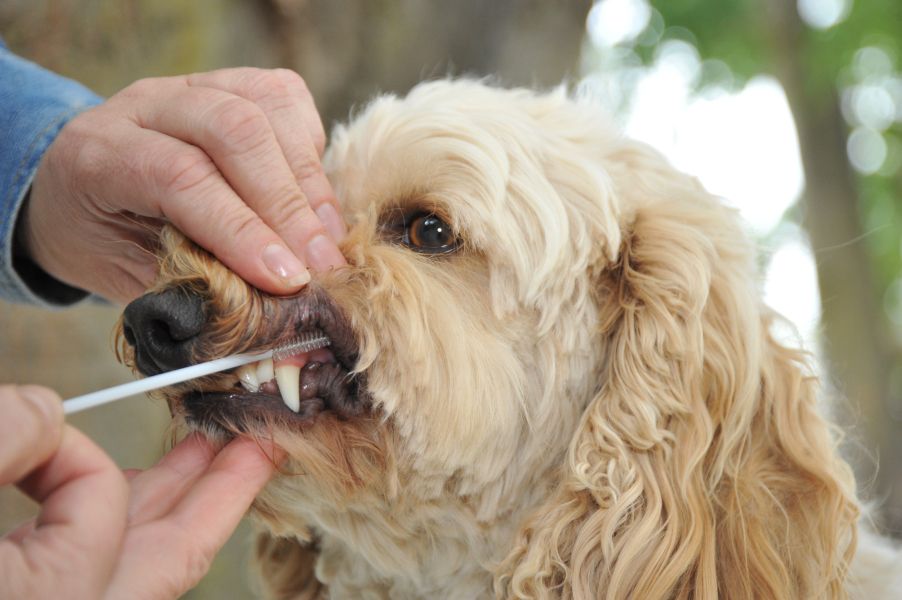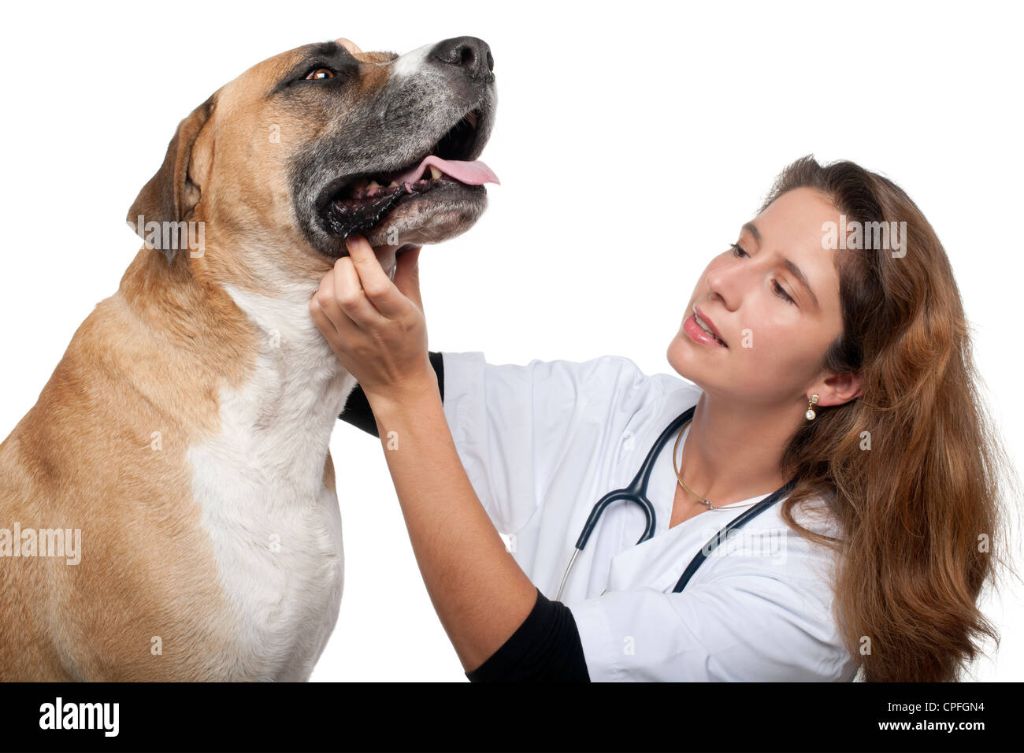Introduction
Identifying dog breeds from photos has become an increasingly popular activity, especially with the rise of social media and photo-sharing apps. Many pet owners are curious about their dog’s breed makeup and will attempt to determine it simply from the dog’s physical appearance in photographs. However, visual breed identification from photos can often be inaccurate.
Breed Identification Methods
There are several ways people try to identify the breed of their dog when the lineage is unknown:
Visual Identification
Looking at your dog’s physical characteristics and trying to match them to known breeds is a common approach. Certain traits like size, coat, ear shape, and muzzle can provide clues about possible breed mixes. However, visual identification can be challenging for mixed breed dogs and less common breeds. The wide range of dog breeds and mixes makes accurate identification difficult for anyone other than experienced professionals.
DNA Tests
DNA breed tests like those from Wisdom Panel analyze your dog’s genes to predict any pure and mixed breed ancestry in the previous 3 generations. These tests can screen for over 350 breeds and provide a breed makeup percentage for your dog. However, some rare breeds may not be detected, and there are limitations on accurately identifying breeds that are closely related. DNA tests also do not assess physical traits or behavior.

Veterinarian Exam
During an annual check-up or new patient exam, your veterinarian may be able to provide input on your dog’s likely breed mix based on physical characteristics and medical history. However, vets focus on the health of your individual dog more than pinpointing exact breed makeup. Unless there are specific medical concerns related to breed, your vet may offer only an educated guess after examining your dog.
Challenges of Visual Identification
Relying solely on visual traits to identify breed can be quite challenging, especially for mixed breed dogs. Within any breed there is variety in size, shape, coat color and other features. Additionally, mixed breed dogs inherit a combination of traits from two or more breeds, making visual identification difficult.
One study found that even canine professionals were not able to reliably identify pit bull breeds by sight alone, with disagreement on breed between shelter staff members identifying the same dogs (Source 1). Further research has confirmed that visual breed identification is often inaccurate, even among experts, due to the diversity of physical features within and across breeds (Source 2).
Additionally, the quality of a photograph can impact the ability to visually identify breed traits. Poor lighting, angle, focus and other technical issues may obscure distinctive features used for breed identification.
DNA Breed Tests
While photos can provide a guess at your dog’s breed makeup, DNA tests offer a more accurate and scientific approach to identifying breed. There are a few options on the market for dog DNA testing such as Wisdom Panel and Embark. These tests analyze your dog’s genome and compare it to breed profiles in a large database to determine your dog’s ancestry.
To perform a DNA breed test, you simply order a kit online which will arrive with a cheek swab. You collect a saliva sample by swabbing the inside of your dog’s cheek and mail it back to the company. In 2-3 weeks, your dog’s genetic profile will be analyzed and you’ll receive a detailed report breaking down the breed composition including purebred and mixed breed relatives across your dog’s ancestry. Some tests can trace ancestry back to great-grandparents and provide over 250 breed detections.
The main advantage of DNA testing is accuracy and depth of information. While visual identification relies solely on physical features which may overlap between breeds, DNA analysis gives you a precise percentage breakdown detecting breeds that may not be visually identifiable. DNA tests can also screen for over 170 genetic health conditions prevalent in certain breeds. The limitations are cost, with tests ranging from $60-200, and some comfort needed with swabbing your dog’s cheek.
Tips for Photographing Your Dog
When taking photos of your dog to identify the breed, there are some tips that can help produce better results:
Lighting – Make sure there is adequate lighting and no harsh shadows on your dog’s face. Natural daylight is best if possible.

Angles – Take shots from multiple angles, including a side profile, straight on from the front, and from above looking down. This allows the important facial features and body shape to be seen.
Background – A solid, plain background is best to avoid distractions. Or photograph outdoors on green grass. Avoid cluttered areas.
Multiple photos – Take numerous photos and select the clearest ones where your dog is holding still and looking at the camera. Blurry motion shots won’t work for analysis.
Get close – Fill the frame with your dog as much as possible. Shoot from 3-10 feet away depending on the size.
Focus – Make sure your dog’s eyes and face are in sharp focus. This allows the key details to be visible.
Treats – Use treats or toys to capture your dog’s attention and get them to look at the camera for the clearest facial photos.
Third Party Photo Analysis Services
If you want to get your dog’s breed analyzed by professionals, there are third party services you can use. Companies like Wisdom Panel offer dog breed identification from a photo you provide.
These services use computer vision technology and machine learning algorithms to analyze the visual characteristics of a dog against their extensive breed databases. According to Wisdom Panel, their dog breed identification from photo analysis is over 99% accurate for first generation purebred dogs. However, accuracy may decrease for mixed breed dogs.
Costs vary but can range from $60-150 for breed identification from a single photo. You simply upload a quality photograph of your dog and in a few days they provide you with a detailed report on the likely breed makeup and percentage of each breed detected.
Considerations for Purebred Dogs
When trying to determine if your dog is a purebred, there are some key things to consider:
Kennel club registration – If your dog is registered with a major kennel club like the AKC (American Kennel Club) or UKC (United Kennel Club), then you can be sure it is a recognized purebred breed. Kennel clubs maintain breed standards and registry documents to certify purebred status (Source).
Breed standards – Each purebred dog breed has specific physical and temperament standards set by major kennel clubs. If your dog closely aligns with the breed standard for characteristics like size, coat, color, head shape, ear shape, tail type, etc., it is likely a purebred. However, some variation can occur, especially if the dog is not from a top breeder.
Limitations of Photo Breed Analysis
While using a photograph to analyze a dog’s breed may provide some clues, it has significant limitations in terms of accuracy and reliability. Expert analysis from groups like the National Canine Research Council shows that visual identification of a dog’s breed is often inconclusive or incorrect, even for experts. Studies have found low levels of agreement and consistency even among professionals like veterinarians and breeders when analyzing photos to determine a dog’s breed makeup.

There are several reasons why using a photo for breed analysis has limitations:
- Many dogs are mixed breeds with complex genetic histories that cannot be determined from appearance alone.
- Different breeds can have overlapping physical characteristics that make visual identification unreliable.
- The ancestry and genetics of most rescue or adopted dogs is completely unknown.
- Coat colors, markings, and other features can vary widely even within specific breeds.
If you want definitive breed analysis for your dog, your best option is to use a dog DNA test. DNA tests analyze your dog’s genetic profile rather than simply guessing from appearance. While DNA tests aren’t 100% perfect, they provide a much higher degree of accuracy and certainty compared to visual identification methods. For any decisions related to your dog’s health, training, or care, a DNA breed test is recommended over trying to determine breed from a photograph alone.
Focusing on Your Dog’s Health
While determining your dog’s breed can be interesting, your dog’s medical history and veterinary care are much more important for their health and wellbeing. A dog’s breed alone does not determine their risk for genetic diseases or other health issues. Two dogs of the same breed can have very different health histories based on their individual genetics, environment, and lifestyle factors.

Rather than focusing primarily on your dog’s breed, work closely with your veterinarian to proactively monitor your dog’s health. Bring your dog in for annual exams and recommended screening tests based on their age, medical history, and risk factors. Provide your vet with a full account of any health issues you have observed or that run in your dog’s family. With this information, your vet can provide personalized care and advice for keeping your dog happy and healthy, regardless of their breed makeup.
Establishing a trusted relationship with a veterinarian and consistently bringing your dog in for preventative care is the best way to get insight into your dog’s unique health needs. While DNA and photo analysis may provide clues into your dog’s breed, your vet has the clinical expertise to focus on what really matters – keeping your beloved companion healthy and safe.
Conclusion
While a photograph can sometimes provide clues about a dog’s breed, visual identification alone is not sufficient to determine a mixed breed dog’s genetic makeup with certainty. Some of the challenges of relying solely on photos for breed analysis include the subjective nature of visual interpretation, inability to evaluate invisible traits like temperament, and the variations that can exist within a breed. Certain purebred dogs may be identifiable if they closely match the breed standard, but even then there can be exceptions. DNA breed tests evaluate markers across the genome to pinpoint a dog’s ancestry and are considered the most accurate identification method currently available.
The breed composition of a mixed breed dog is far less predictable based only on physical appearance. While we may make our best guesses from photos, two dogs could potentially look very similar yet have quite different backgrounds. Focusing too much on breed can also lead us to overlook more important factors like a dog’s health, behavior, and individual personality. While photos can provide some useful insight about a dog’s likely history, take any breed determination from visuals alone with a grain of salt. Each dog is uniquely themselves in the end.
